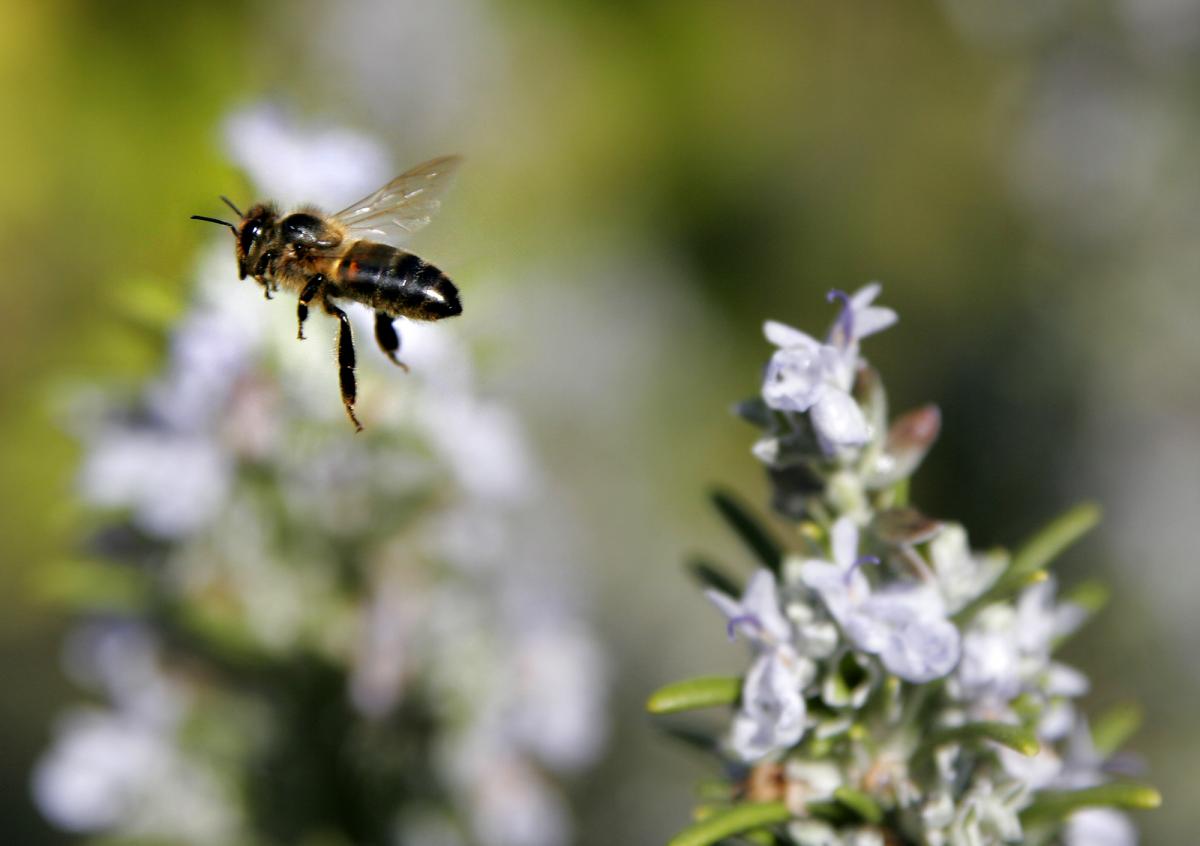Y: Are you sure we’re going the right way, Don? Why don’t you just use your GPS?
D: I’m about 75% sure—at least, that’s my unscientific estimate. My GPS has been buggy lately, so I’ve been stuck relying on my own navigational abilities.
Y: Not too long ago, we humans could use the stars to find our way around.
D: Yeah, try doing that in a city today, where you can’t even see most stars.
Y: There’s always the sun.
D: I guess I can’t use light pollution as my only excuse. All I can do using the sun is tell east from west. And even bugs can do that—probably better than I can.
Y: Really? They’re that good?
D: Yup. It’s hard to study insect brains to figure out exactly how they can tell compass direction using sunlight, but a group of scientists used a computer simulation to estimate how accurately they can do it. Using previous research about the insect brain and eye, as well as what’s known about the properties of sunlight, the computer simulation mimicked a system of neurons in an insect’s brain that could reconstruct the sun’s position using sunlight detected by its eyes.
The simulation suggested that insects could estimate their compass direction with an error of less than two degrees. That’s accurate enough to let an insect estimate the distance it needs to travel to get back home, and to navigate its way there successfully, even after flying a long distance away on an irregular, random path.
Y: Knowing that, I think insects would take offense at you calling your GPS “buggy.”










